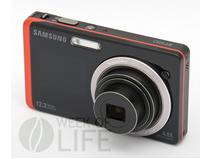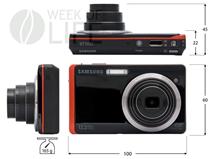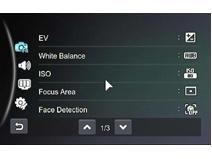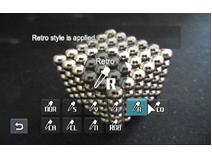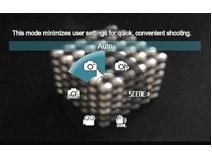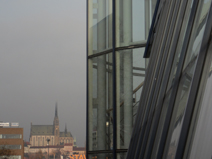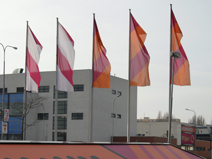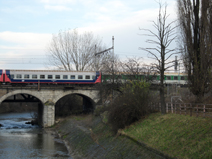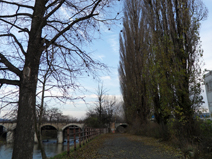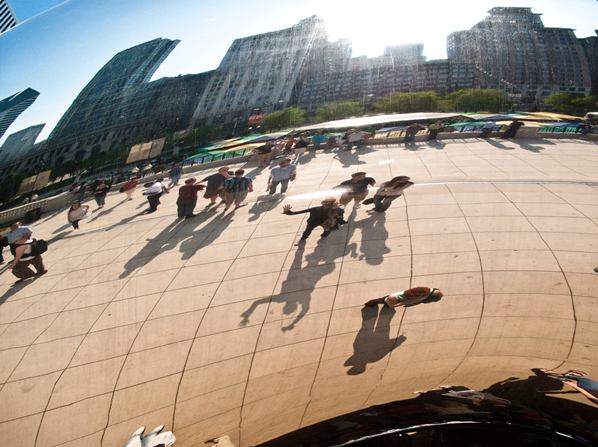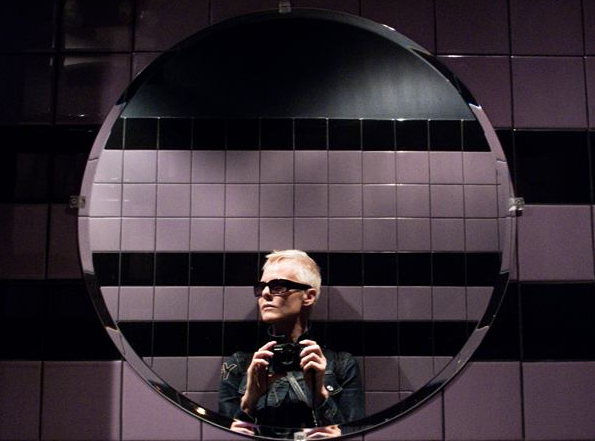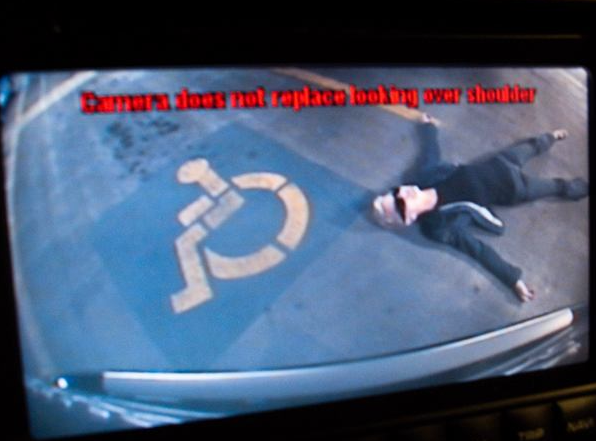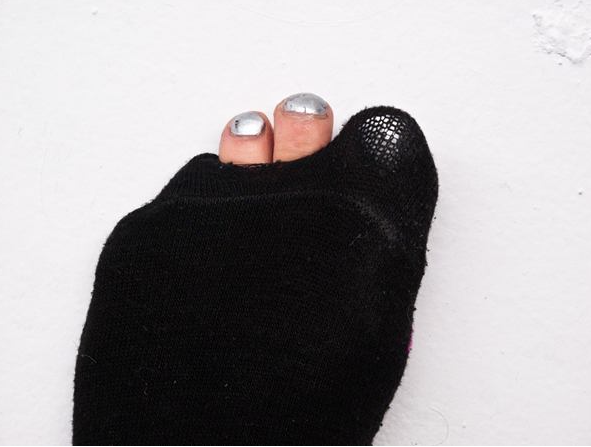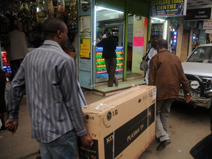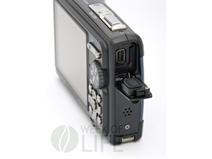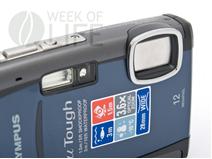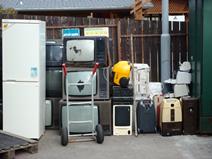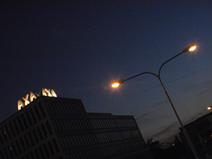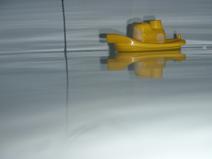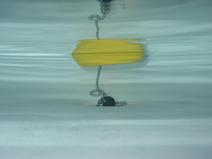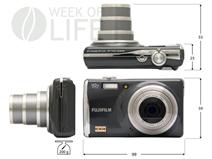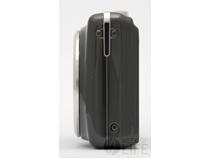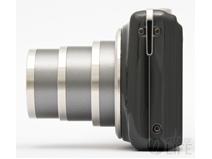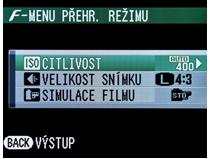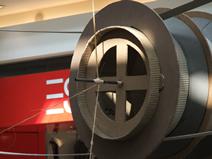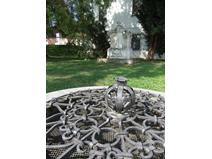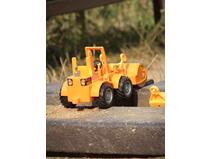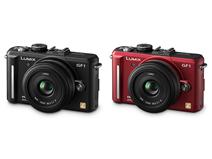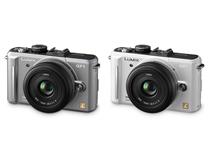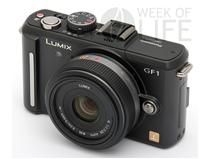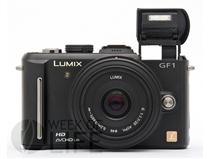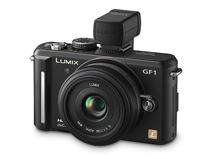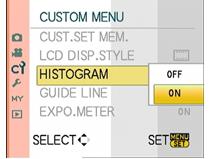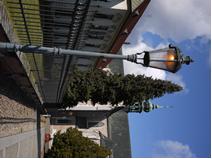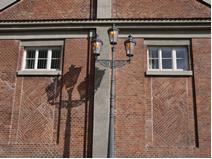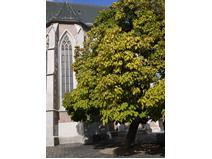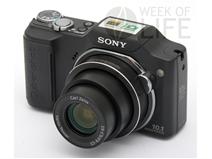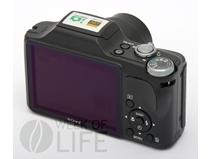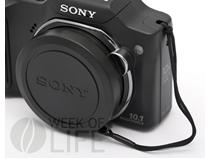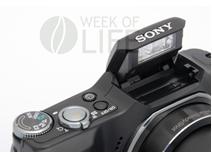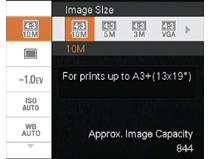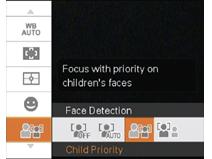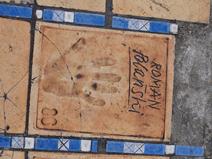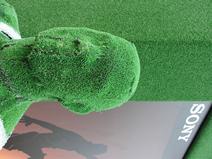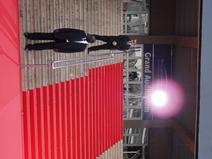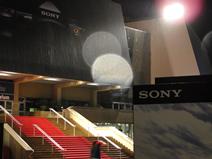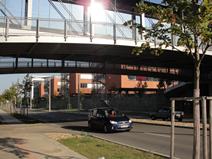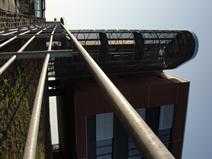Jiří Pergl, Podnikatel, Česká republika
Jiří Pergl je amatérský cestovatel, člověk, jehož nejlépe vystihuje slovo dobrodruh! Je pro mě ale také osobnost plná protikladů a mnohdy i dodnes nepochopených činů. Naštěstí se ale jedná o činy kladné, záslužné a někdy až dojemné. A právě jedním z nich jsou i jeho aktivity směrem k africkým dětem z Keni, jejichž osudy stojí na hranici zájmu společnosti. Dnes vám přinášíme první jeho vyprávění, které jsme se rozhodli neupravovat a nechat takzvaně v původním znění. Možná právě proto, abyste pochopili i jeho osobnost skrze řádky. Tento pán, kterému stojí v garáži dvě krásná červená Ferrari, si v jedné fázi svého života uvědomil, že na světě jsou i jiné věci než závodní okruh, silné stroje a takzvaný životní styl. Jeho dřívější zájmy jsou tak vzdálené současným aktivitám, že ho řadím mezi lidi s největším kontrastem osobních činností, jaké jsem kdy poznal. Přeji jemu i jeho nadaci co nejvíce splněných cílů. Adolf Zika WEEK OF LIFE
V lednu 2009 jsem s kamarádem Danem Ručkalem uskutečnil již pátou expedici do Keni, Ugandy a Tanzanie. Poznali jsme tam spoustu nových přátel, krásy, ale i mnoho smutku, bídy a utrpení. To největší utrpení, které jsem viděl, bylo v Keni ve městě Nanyuki, když jsem zavítal do místních slumů a navštívil dětský domov, kde žijí děti postižené nemocí AIDS. Na základě této zkušenosti jsem spolu s paní Hellen, ředitelkou tamního dětského domova, založil charitativní organizaci s názvem ONE MORE DAY FOR CHILDREN (OMDC), která je posvěcená keňskou vládou. Stejnou organizaci jsem po návratu založil i v České republice. Hlavním cílem organizace je pomoc dětem trpícím hladomorem a nemocí AIDS, které žijí ve slumech v provincii národního parku Mount Kenya a města Dolodol.
Po uplynutí 5 měsíců jsem se rozhodl do Keni opět vrátit a jak svými finančními prostředky, tak prostředky vybranými při různých charitativních činnostech OMDC jsme odjeli pomoci již zmíněným dětem. Odjeli? Ano, přidal se ke mě nový člen – Jaroslav Tarczal, majitel restaurace U Zelených ve městě Beroun, který viděl můj dokumentární film, který jsem v únoru natočil a rozhodl se odjet do Keni se mnou. Nebyl jediný, na koho dokument silně zapůsobil. Mnoho lidí se po jeho prezentaci v Čechách rozhodlo také pomoci a přispět různými dary.
Tato cesta do vnitra Keni měla za cíl jediné – doručit finanční dary organizace ONE MORE DAY FOR CHILDREN tam, kde jich bylo nejvíce potřeba.
3.8. Nairobi
Po nočním příletu do Nairobi pro nás přijel ve starém Suzuki Vitara kamarád našich keňských přátel Patricka a Cyruse a odvezl nás na můj oblíbený Hotel Central Park, který se nachází v centru té horší části Nairobi. Je v něm zajištěná ostraha, večeře, postel a teplá sprcha. Víc v Keni nepotřebujete. Cena za pokoj se pohybuje podle sezony – od 50 USD do 100 USD na noc za dvoulůžkový pokoj.
Již v Čechách jsme spolu s Cyrusem a Patrickem objednali auto na dobu, kterou v Keni strávíme. V zimě jsem jim totiž zařídil pasy, víza a pozvánku, aby mohli na 3 měsíce přiletět do Čech. Po celou dobu pobytu jsem byl jejich hostitelem a seznamoval je s úplně jiným životem, než je ten v Keni. Z Čech odlétali 2.8. a ve stejný den jsme se vypravili na cestu i já s Jaroslavem Tarczalem.
V 9 hodin ráno přijel Sam a pomohl nám vyřídit zapůjčení auta Toyota Prado 4×4. Cena na 1 den se pohybuje kolem 4 000 Kč (216 USD), což se může zdát drahé, ale opravdu se vyplatí do dražšího automobilu investovat vzhledem k policejním kontrolám za městem, které zastavují každé horší auto a vždy na něm najdou něco špatného, aby z vás dostali nějaký ten šilink. Navíc cesty v Keni včetně jejich tradičních “zpomalováků” jsou v takovém stavu, že po 100km musíte vyhledat nejbližší servis kvůli utrhlému výfuku, v horším případě nápravě. Šetřit se tedy vážně nevyplatí.
Po vyřízení všech náležitostí jsme odjeli za Dr. Martinem, který na nás již čekal v nemocnici. Když jsem Dr. Martina, který se zabývá léčbou pacientů s HIV a AIDS navštívil v lednu, měl ve svém programu na záchranu těhotných matek s virem HIV 537 těhotných žen a 137 dětí. Dnes nám oznámil, že v současné době má již 1680 HIV pozitivních matek a 589 pozitivních dětí. Úplně nás z této informace zamrazilo. Darovali jsme mu tedy utišující léky a antibiotika, které jsme dovezli z Čech a také finanční obnos na jídlo pro pacienty, jelikož jak Dr. Martin stále opakuje – když pacient bere léky na HIV, žaludek to bez jídla nezvládá. Od ledna mu již 30% pacientů zemřelo na podvýživu.
Naše další cesta vedla na letiště, jelikož ve 13 hod přilétali Patrick a Cyrus, kteří letěli jinou linkou než my. Přivítání od jejich rodin bylo famózní, na každého čekalo kolem 30 lidí. Já jsem však musel vyřizovat něco jiného. V Čechách jsme totiž klukům zabalili do kufrů hračky pro děti z dětského domova v Nanyuki. Celníkům se to však nelíbilo a chtěli po nich, aby za ty hračky, knihy a ostatní věci zaplatili clo. To se mi samozřejmě nelíbilo, tak jsem na nich požadoval vysvětlení, jak si vůbec můžou dovolit zadržet hračky, které jsou určené jejich dětem, umírajícím na AIDS. A kromě toho se jednalo o hračky již použité. Nakonec jsem si nechal zavolat šéfa celníků a ostrahy. Po nekonečném dohadování rozhodli, že nás nechají s těmi kufry jít. Stejně si mě pak ale vzali stranou a musel jsem něco zaplatit. Keňa je svou korupcí vyhlášená.
Po konzultaci s paní Hellen jsem se rozhodl, že z vybraných peněz OMDC dětem koupíme TV plasmu. DVD přehrávač a pohádky jsme přivezli z Čech. Děti v dětském domově v Nanyuki nikdy žádnou pohádku neviděli a vůbec netušili, co to vlastně je.
4.8. Cesta do Nanyuki
Po probuzení a snídani na hotelu jsme naložili všechny kufry a televizi do Toyoty a vyrazili směr Nanyuki. Cesta do Nanyuki trvá přibližně 4 hodiny. Zde v Keni se vzdálenosti neberou na km, nýbrž na hodiny. Silnice jsou zde ve velmi katastrofálním stavu, proto průměrná rychlost auta nevystoupá na více než 50km/h. V polovině cesty nás ale čekalo to nejdůležitější. Nákup jídla pro děti. Obrovský africký trh s jídlem se nachází v půli cesty ve městě Karatina. Bylo potřeba nakoupit mouku, cukr, kukuřici, mrkev, hlávkové zelí, fazole, zelené fazolky, olej, prášek na praní, rajčata, cibuli, brambory, apod. Celkem toho bylo půl tuny.
Po domluvě nám dva místní kluci nakoupené jídlo uprostřed trhu hlídali a dva ho nosili. Docela se nadřeli, např. se 130 kg brambor. Vzhledem k celkovému množství a objemu jídla bylo zapotřebí objednat pickup taxi, jelikož do naší plně naložené Toyoty by se to už v žádném případě nevešlo.
Před příjezdem do domova bylo zapotřebí ještě nadrtit kukuřici, ze které se spolu s dalšími ingrediencemi vyrábí kaše. V Nanyuki jsme vyhledali drtičku a nakoupenou kukuřici nadrtili.
Děti v Nanyuki už o nás věděly, takže nás čekal řev na uvítanou a ohromná radost, které si v ničem nezadají ani s příjezdem Baracka Obami do Keni. Obami si tu všichni velmi považují a jsou hrdí na to, že se jeden z nich stal prezidentem USA.
Radost v dětských očích byla nepopsatelná. Je samozřejmé, že byly z jídla nadšené, ale asi největší radost měly, když jsme do společenské místnosti v dětském domově začali nosit kufry plné hraček. Museli jsme také okamžitě vyndat velkou plazmovou televizi, a přestože jsme ji měli zabalenou ve spacím pytli, bylo od dětí slyšet tývý, tývý. Hellen jim poté oznámila, že jsme z České republiky, přivezli jsme jim jídlo, dárky, sladkosti a také jedno překvapení. Děti společně s Hellen a ostatními členy personálu dětského domova začali zpívat a tancovat africké lidové písničky. Takovou radost si nikdo z nás nedokáže představit a kdo neviděl, nepochopí. Musím přiznat, že jsem měl v očích slzy štěstí.
Reportáž Kenya – II. díl
Týdny Jiřího Pergla


